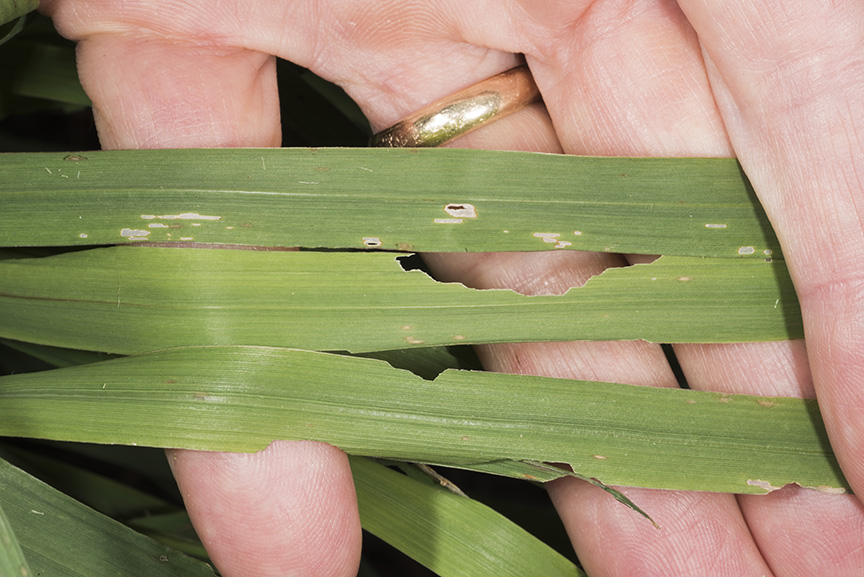
Armyworm moth captures have varied throughout the state (see “Armyworm Pheromone Trap Report”). As I observed last week in Tippecanoe County, when larvae are small, their damage is negligible and easily overlooked.


Armyworm moth captures have varied throughout the state (see “Armyworm Pheromone Trap Report”). As I observed last week in Tippecanoe County, when larvae are small, their damage is negligible and easily overlooked.
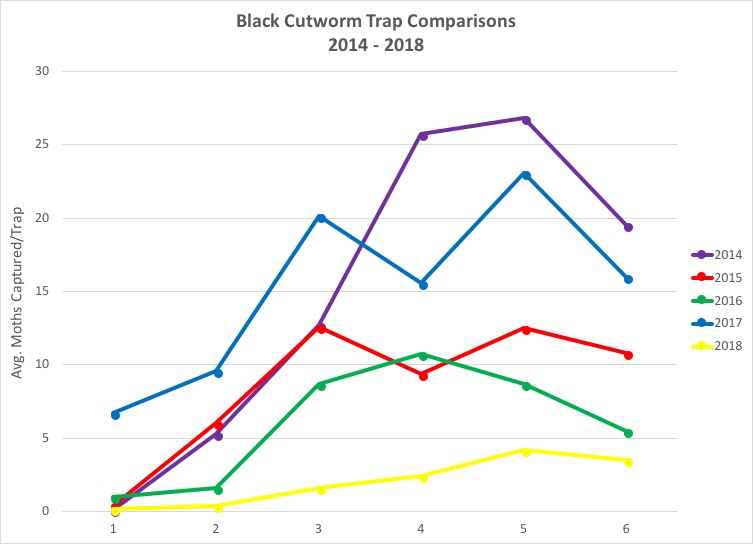
Black cutworm pheromone trap cooperators have faithfully reported their week’s catches, but most haven’t been numerically challenged.
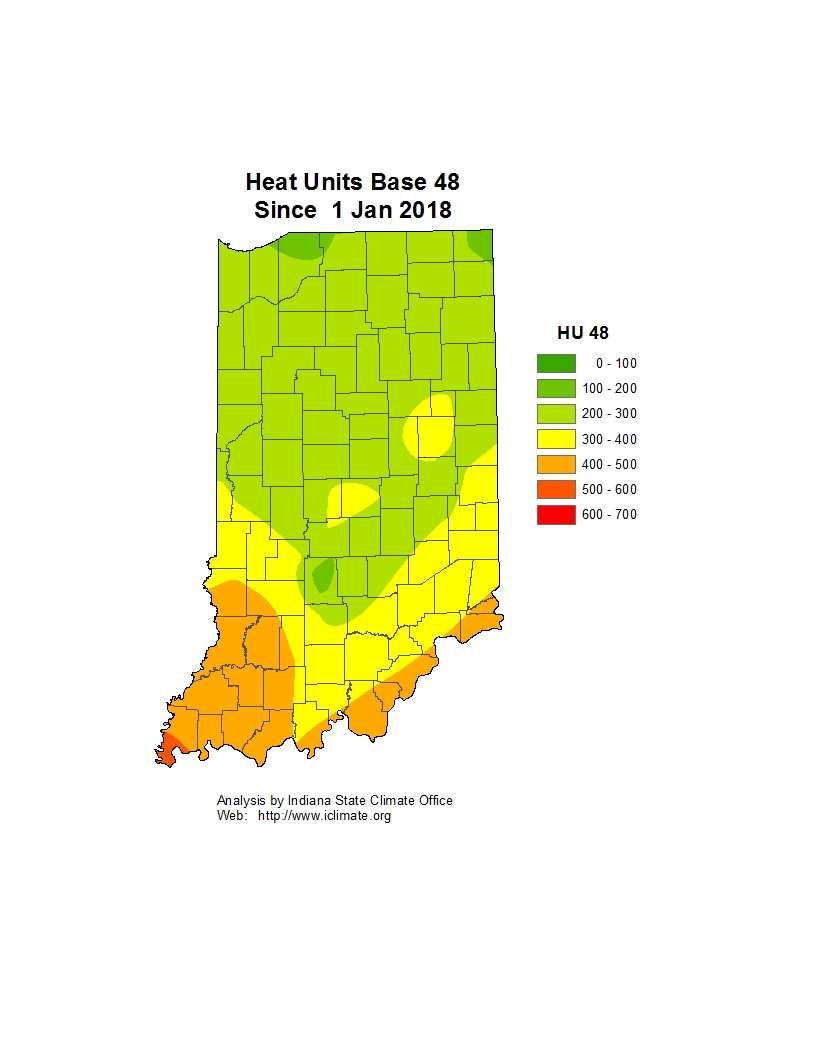
Pest managers should now be scouting their alfalfa for leaf feeding from weevil larvae. This pest is often overlooked during the early spring planting season.
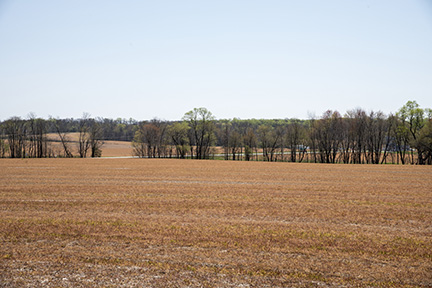
Over the past few weeks armyworm moths have been captured in abundance in some of the traps placed at Purdue Ag Research Centers (see accompanying “Armyworm Pheromone Trap Report”).
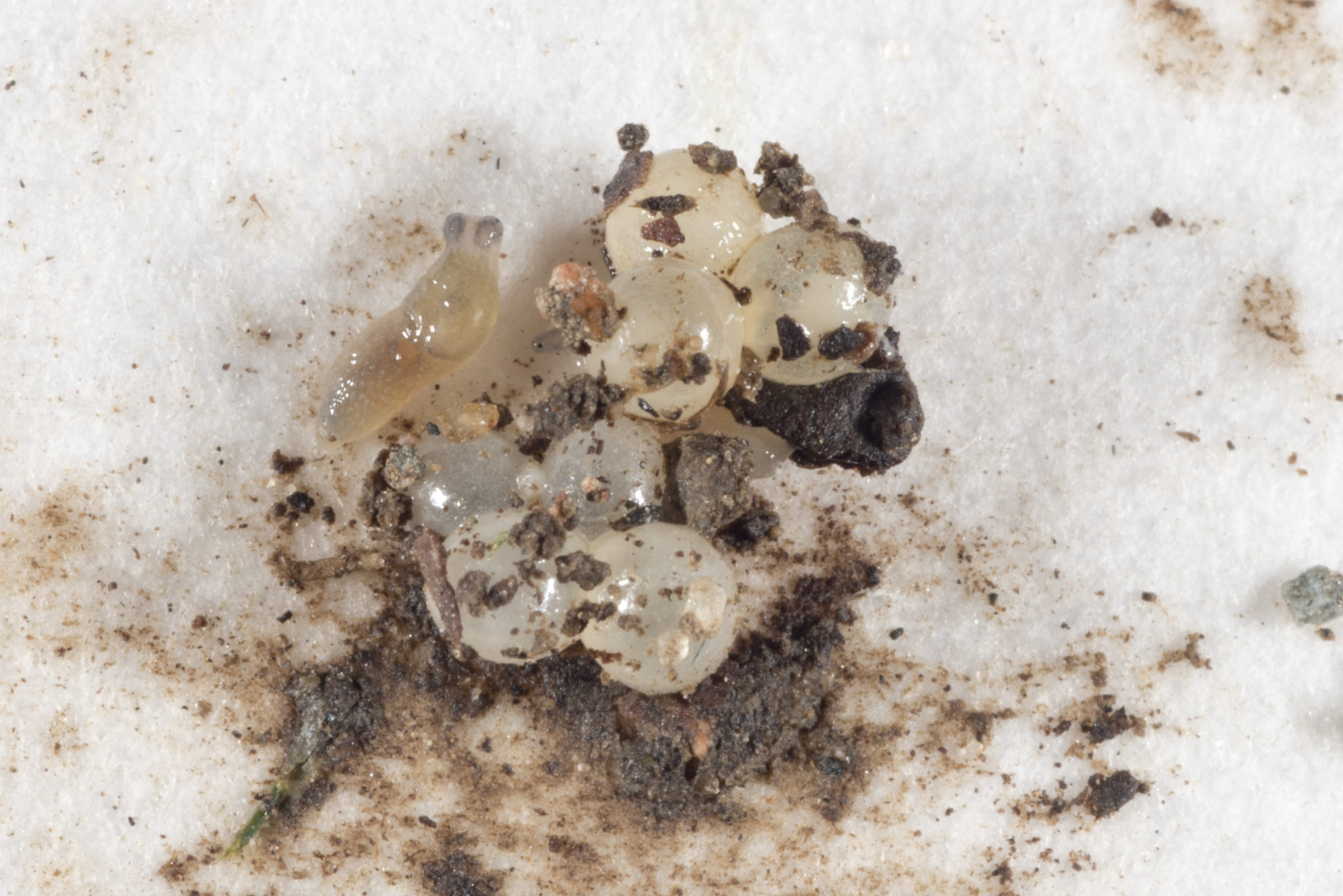
Increasingly, slugs are becoming a topic of discussion with field crop producers. Not from the slugs’ disagreeable nature, but because damage to crops is becoming more apparent.
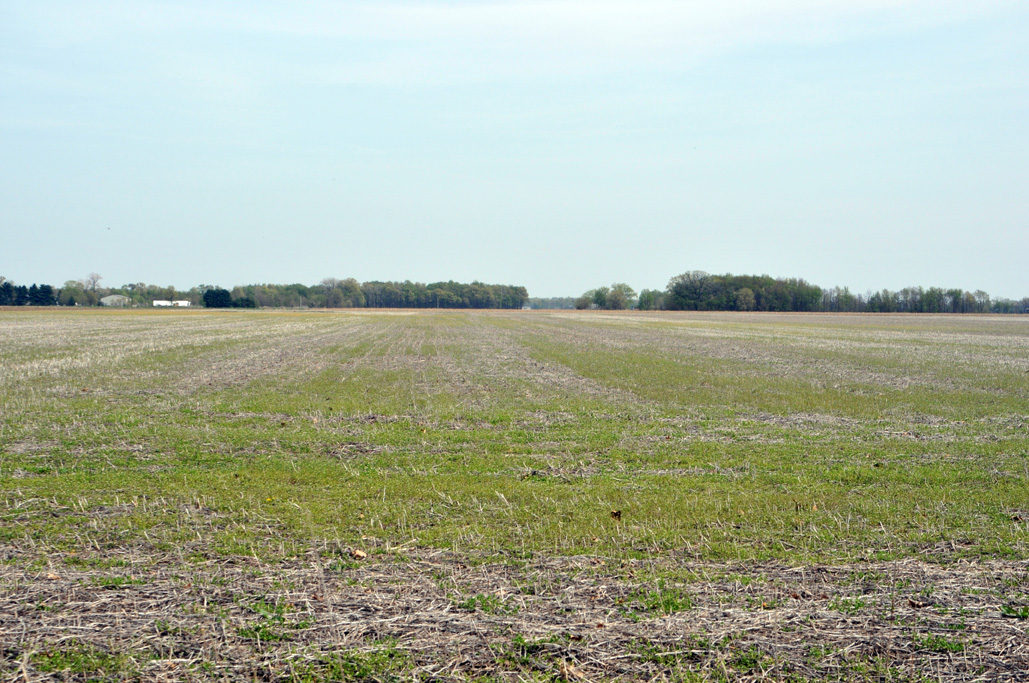
Storm systems from the Southwestern portions of the country have brought more than rain showers. Many of our pheromone trap cooperators captured black cutworm moths over the last week…though numbers are relatively low. Most surprising was the number of armyworm moths captured in East Central Indiana at the Purdue Davis Ag Research Center.
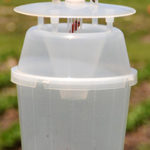
Black cutworm trap report table
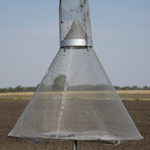
Armyworm pheromone trap report table
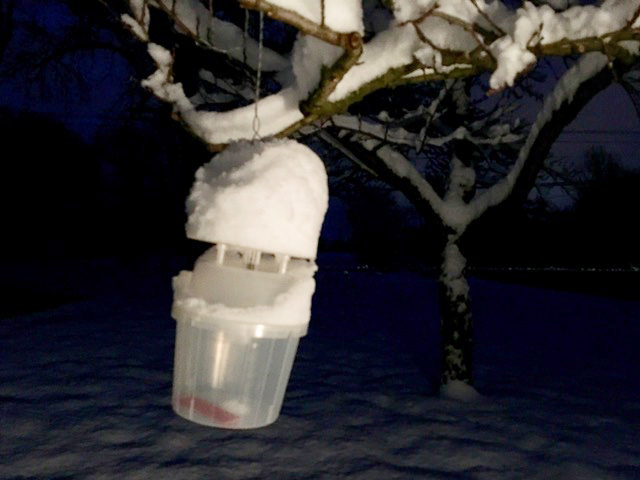
Though black cutworm and/or armyworms moths may be present in the state, they are certainly hanging low until the conditions improve.

After the very cold conditions of early January, a very common question received (and this is the case every year after a cold spell) was: “will the cold kill the insects?” And more recently, our attention has turned to the saturated soil conditions, “will that drown the insects?”
© 2025 Purdue University | An equal access/equal opportunity university | Copyright Complaints | Maintained by Pest&Crop newsletter
If you have trouble accessing this page because of a disability, please contact Pest&Crop newsletter at luck@purdue.edu.